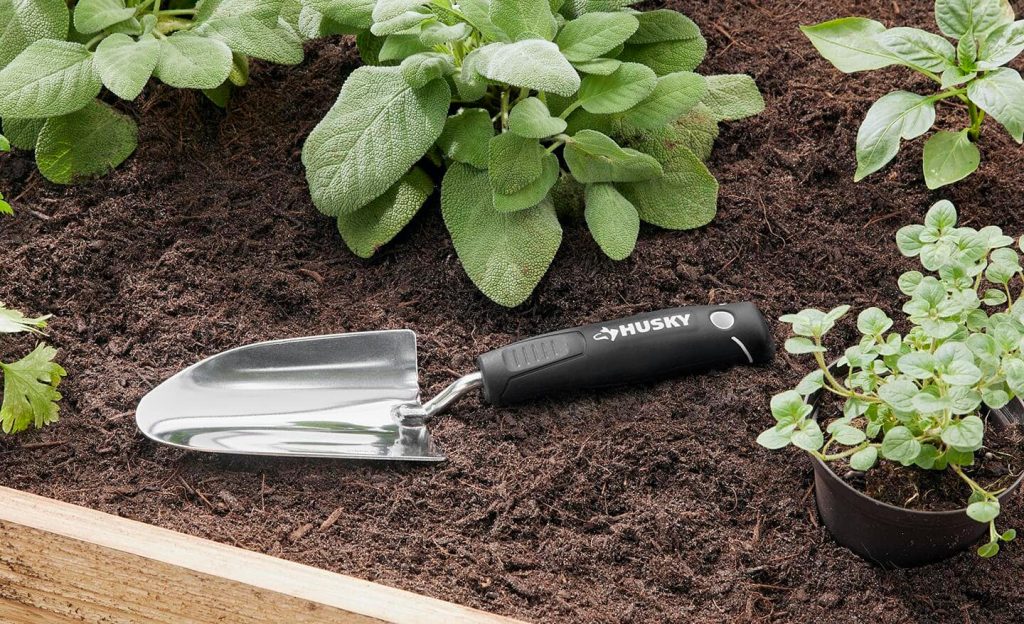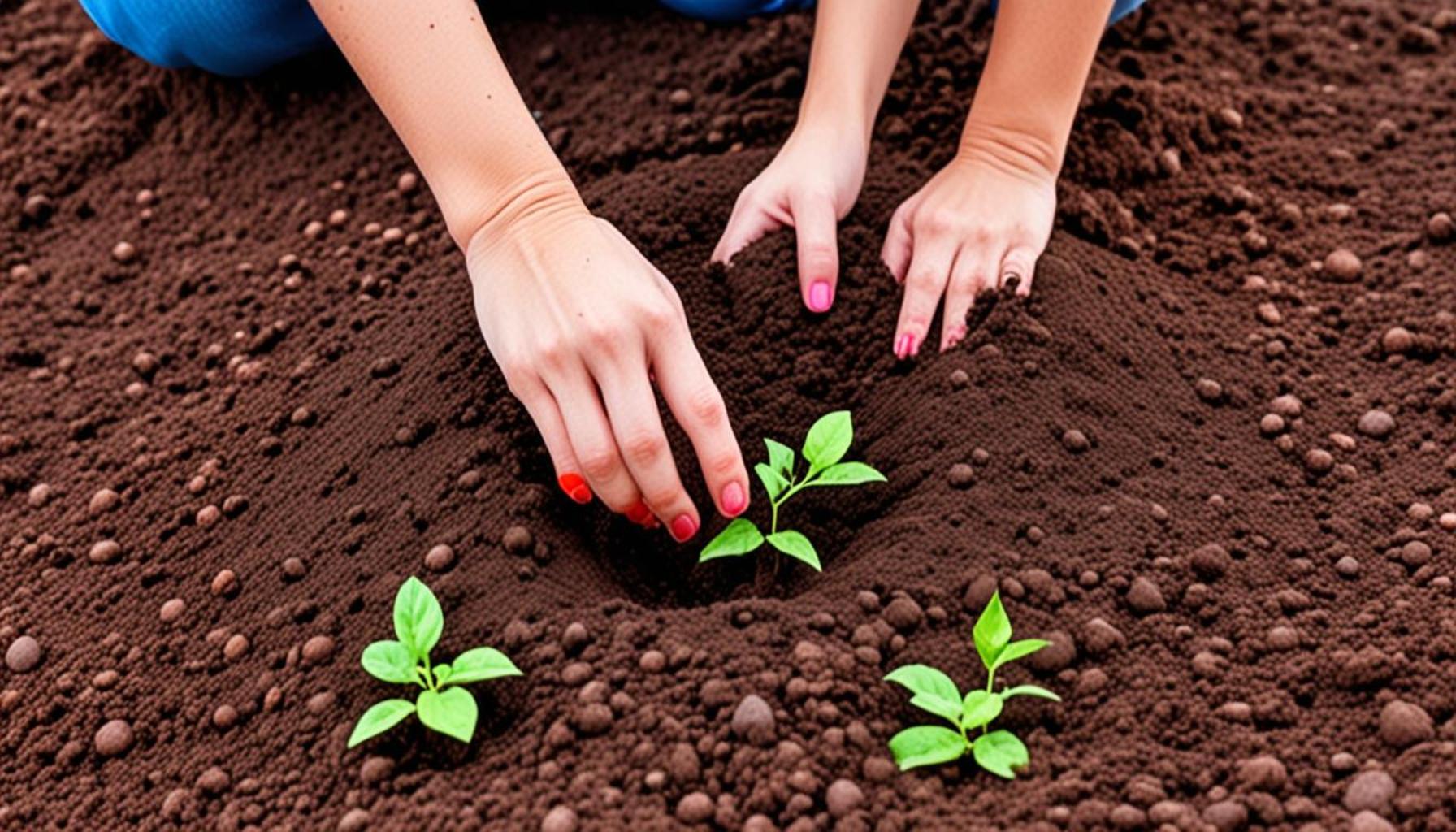The Types of Soil and Their Characteristics for Gardening Beginners

The Integral Role of Soil in Gardening Success
For those venturing into the world of gardening, recognizing that soil serves as the fundamental base for plant health is pivotal. Soil is not merely dirt; it is a complex ecosystem teeming with life and rich in various components, each influencing the ability of plants to thrive. Understanding the characteristics of different soil types can empower novice gardeners to cultivate vibrant and fruitful gardens.
Exploring the Different Types of Soil
The primary types of soil play a crucial role in determining the suitability for various plants. Here’s a closer look at each type:
- Sandy Soil: Known for its rapid drainage, sandy soil tends to dry out quickly and is often low in nutrients. While it may not hold moisture effectively, it is excellent for plants that thrive in dry conditions, such as lavender and succulents. If you reside in areas like California where sandy soil is common, consider adding organic material to enhance its nutrient content.
- Clay Soil: This type is characterized by its fine particles which compact easily, leading to poor drainage. However, clay soil is rich in nutrients and ideal for growing crops like potatoes and carrots. If you live in the Midwest, where clay is prevalent, incorporating organic matter can improve aeration and drainage, making it easier for plants to establish roots.
- Silty Soil: Silty soil is known for its fertility and moisture retention, making it favorable for many plants. However, it can easily compact, which may impede root growth. Understanding how to work with silty soil can be crucial in regions like Ohio, where this type is abundant. Amending it with compost helps maintain structure and fosters growth.
- Loamy Soil: This is often considered the ideal soil for gardening since it is a balanced mixture of sand, silt, and clay, yielding excellent drainage while retaining moisture. Vegetables, fruits, and flowers thrive in loamy soil, making it a gardener’s best friend. If you are fortunate to have loamy soil, nurturing it with compost will further enhance its fertility.
- Peaty Soil: Found mainly in wetlands, this type is rich in organic matter and tends to be acidic. Peaty soil supports moisture-loving plants, such as ferns and certain shrubs. If you are in areas like the Pacific Northwest, where peat is more common, understanding its properties can help you choose the right plants that flourish in such environments.
Grasping the distinctions among these soil types enables gardeners to select plants that are tailored to their specific soil conditions, thus promoting a healthy, bountiful garden. Additionally, factors such as pH level, texture, and moisture retention can dramatically impact gardening outcomes. Testing soil pH, often recommended to gardeners, can reveal valuable insights into nutrient availability and plant compatibility.
As your gardening journey unfolds, understanding how to identify and amend your soil type is a critical step toward nurturing flourishing greenery. Stay eager for more knowledge on enhancing soil quality and ensuring your garden flourishes with optimal health.
DISCOVER MORE: Click here to learn about natural soil enrichment methods

Understanding Soil Composition and Its Significance
To empower novice gardeners, it’s essential to delve deeper into the composition of soil and how it influences plant growth. Soil is composed of minerals, organic matter, air, and water, which collectively contribute to its unique characteristics. Each type of soil not only has distinct traits but also specific benefits and challenges that can determine successes or failures in gardening. Here’s an exploration of the properties of various soil types that are foundational for gardening beginners:
The Role of Soil Texture
Soil texture relates to the size of the particles that compose it, which directly affects the soil’s ability to retain moisture and nutrients. Understanding the texture is crucial for choosing appropriate plants and practices. Here’s a brief guide to soil textures that every beginner gardener should grasp:
- Sand: Sandy soil features large, coarse particles that allow for excellent drainage, but it struggles to retain nutrients. This makes it suitable for plants requiring well-drained conditions, though frequent watering and fertilization may be necessary to help plants thrive.
- Silt: Comprising medium-sized particles, silty soil offers a creamy texture and good moisture retention, making it fertile and favorable for a wide variety of plants. However, its finer particles can compact easily, so the structural integrity must be maintained through the addition of organic matter.
- Clay: As a heavy soil type made up of very fine particles, clay retains water and nutrients exceptionally well. However, it tends to become hard and compacted when dry, which can inhibit root growth. Knowing how to amend clay, possibly with organic materials like compost or peat moss, can significantly enhance its suitability for gardening.
- Loam: A finely balanced blend of sand, silt, and clay, loamy soil combines the best features of all three soil types. It offers excellent drainage while retaining moisture and nutrients, making it ideal for a wide variety of plants, including fruits, vegetables, and flowers.
In addition to texture, the pH level of soil is another critical aspect that determines how well plants can absorb nutrients. Most garden plants prefer a slightly acidic to neutral pH (between 6.0 and 7.0). Testing the pH can reveal how suitable your soil is for specific crops, guiding adjustments and amendments needed to optimize plant health.
Identifying Soil Types in Your Garden
Learning how to identify the type of soil in your garden is a practical step every beginner should take. This can be done through simple tests, such as the jar test, where soil is mixed with water in a jar, allowing the different particles to settle. The ratio of sand, silt, and clay can help determine your soil type. Understanding the composition will allow you to make informed decisions on what plants to grow and how to best care for them.
Dedicating time to comprehend the features of different soil types can boost your confidence and gardening prowess. Whether you have sandy, clay, or loamy soil, knowledge and understanding allow for better agricultural practices and flourishing gardens.
The Types of Soil and Their Characteristics for Gardening Beginners
Understanding the various types of soil is essential for gardening beginners aiming to cultivate healthy and flourishing plants. Knowing the soil type helps gardeners tailor their gardening practices effectively.
| Soil Type | Characteristics |
|---|---|
| Sandy Soil | Quick drainage and lightweight, sandy soil is excellent for plants that require good aeration. |
| Clay Soil | High moisture retention makes clay soil rich but can lead to poor drainage, which may impede root growth if not managed. |
| Loamy Soil | Considered the ideal soil for most plants, loamy soil balances nutrients, drainage, and moisture retention. |
| Silty Soil | Rich in nutrients and holds moisture well, silty soil also improves with organic matter but is prone to compaction. |
Each type of soil presents unique challenges and advantages, influencing plant selection and care. For instance, sandy soil may be ideal for drought-tolerant varieties, while clay soil could be leveraged for moisture-loving plants. Understanding these nuances is vital for quality gardening.
Additionally, soil amendments such as compost and fertilizers can greatly enhance soil quality. Gardeners should not only consider the type of soil but also its nutritional makeup to optimize plant growth. With this foundational knowledge, beginners can embark on their gardening journey with confidence.
DISCOVER MORE: Click here to learn how to grow medicinal plants at home
Soil Amendments: Enhancing Soil Health
Understanding the basic types of soil is only the beginning of your gardening journey. To truly cultivate a thriving garden, gardeners must also learn about soil amendments. These are materials added to soil to improve its fertility, structure, and overall health. The right amendments can make a significant difference in both nutrient availability and plant health.
Organic vs. Inorganic Amendments
Soil amendments can be classified into two main categories: organic and inorganic.
- Organic Amendments: These include materials derived from living organisms, such as compost, manure, leaf mold, and peat moss. Organic amendments improve soil structure, enhance moisture retention, and nourish soil microbes. For instance, adding compost not only enriches the soil with essential nutrients but also fosters a diverse ecosystem, promoting healthy roots. If using manure, it’s crucial to compost it first to avoid burning plants with its high nitrogen content.
- Inorganic Amendments: These often include minerals such as lime, gypsum, perlite, and vermiculite. While they can provide essential nutrients, they do not contribute organic matter to the soil. For example, lime can raise the pH level of acidic soils, making nutrients more available for plant uptake. On the other hand, gypsum helps to improve drainage in clay soils without altering pH levels, making it beneficial for gardeners who are struggling with compacted soil.
Testing Soil Nutrients
Before jumping into soil amendments, it’s wise to conduct a soil test. A soil test can determine nutrient levels, pH balance, and organic matter content. This information helps tailor amendments to address specific deficiencies or imbalances in your garden’s soil. Many local agricultural extension offices offer soil testing services, and kits can also be purchased at garden centers. Analyzing your soil can prevent excessive amendments, thus saving you time and resources.
Once you know your soil’s composition and nutrient levels, you can plan future gardening endeavors effectively. For example, if your test reveals low nitrogen levels, you might choose to include nitrogen-rich organic materials such as blood meal or fish emulsion. Alternatively, if phosphorus is lacking, bone meal could be a beneficial addition.
Compaction and Aeration
Another vital concept for gardening beginners is the issue of soil compaction. Compacted soil lacks proper aeration, which is essential for root development and the overall health of plants. There are several approaches to combat this problem:
- The use of mulch can help retain moisture, suppress weeds, and improve soil structure as it breaks down over time. Organic mulches like wood chips or straw also feed the soil.
- Practicing crop rotation can also reduce compaction. Constant growth in one location can lead to soil fatigue and compaction, while rotating crops encourages balanced nutrient usage.
- Using handheld tools like garden forks or aerators can physically break up compacted areas, allowing air, water, and nutrients to penetrate the soil more effectively.
If garden pests have taken over and your soil health is suffering, reconsider your gardening practices. Implementing strategies such as cover crops during the off-season can help protect and nourish the soil. Leguminous cover crops, for instance, can fix nitrogen in the soil, contributing to its overall fertility.
By understanding the intricate characteristics of soil types and effectively amending soil health, beginner gardeners can boost the potential for successful, bountiful gardens. Nurturing the soil sets a strong foundation for plants, resulting in happier, healthier growth. Each change made contributes to a deeper connection with the garden history while paving the way for future gardening triumphs.
DISCOVER MORE: Click here to learn about the benefits of crop rotation
Conclusion: Cultivating Knowledge for a Thriving Garden
In summary, understanding the types of soil and their unique characteristics is crucial for gardening beginners aiming to cultivate a flourishing garden. Whether it’s the nutrient-rich loam, heavy clay, or sandy soil, each type presents its own set of advantages and challenges. By familiarizing yourself with these soil types, you can make informed choices about the plants best suited for your specific conditions.
Moreover, adding soil amendments and testing for nutrient levels are essential steps to enhance soil health and promote vigorous plant growth. A thoughtful approach to both organic and inorganic amendments can significantly elevate your gardening efforts. As you incorporate practices such as composting, crop rotation, and addressing compaction, you’ll find your garden becoming more resilient and productive over time.
Ultimately, successful gardening is a continuous learning process. Each planting season brings opportunities to adapt and grow your knowledge, resulting in healthy plants and a sustainable garden. As you embark on this journey, always remember that the foundation of a thriving garden lies in the soil beneath your feet. By investing time in understanding and nurturing it, you pave the way for lasting gardening success and a deeper appreciation for the ecosystem that sustains us.



